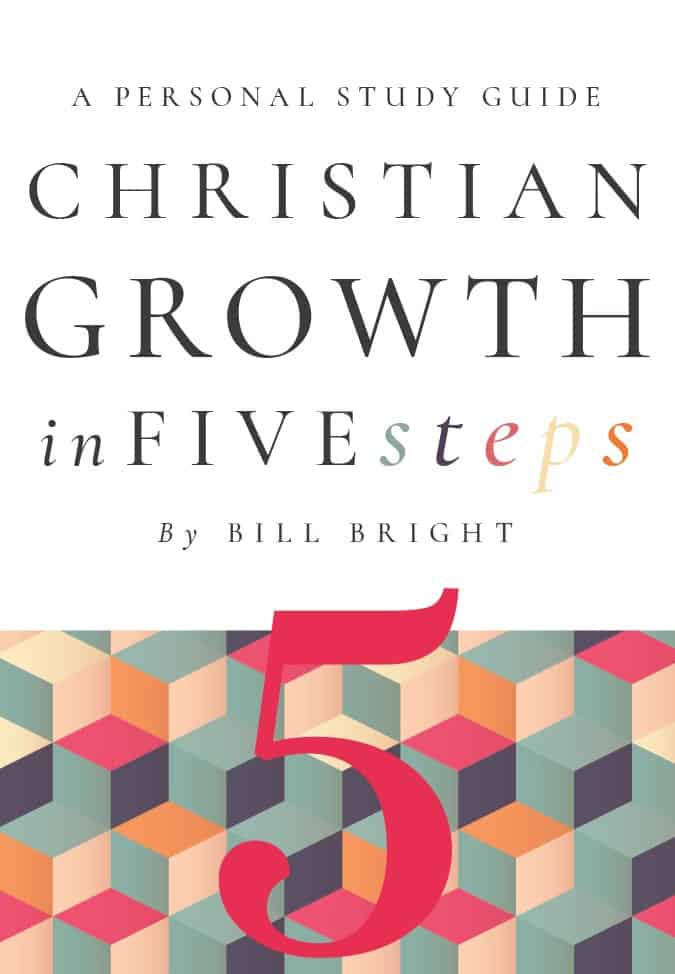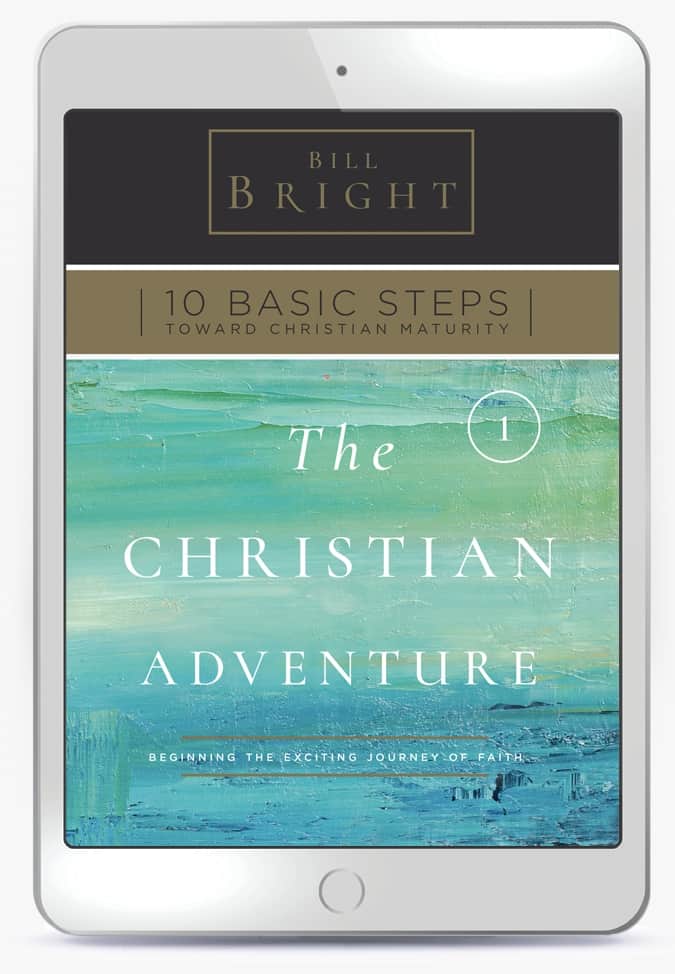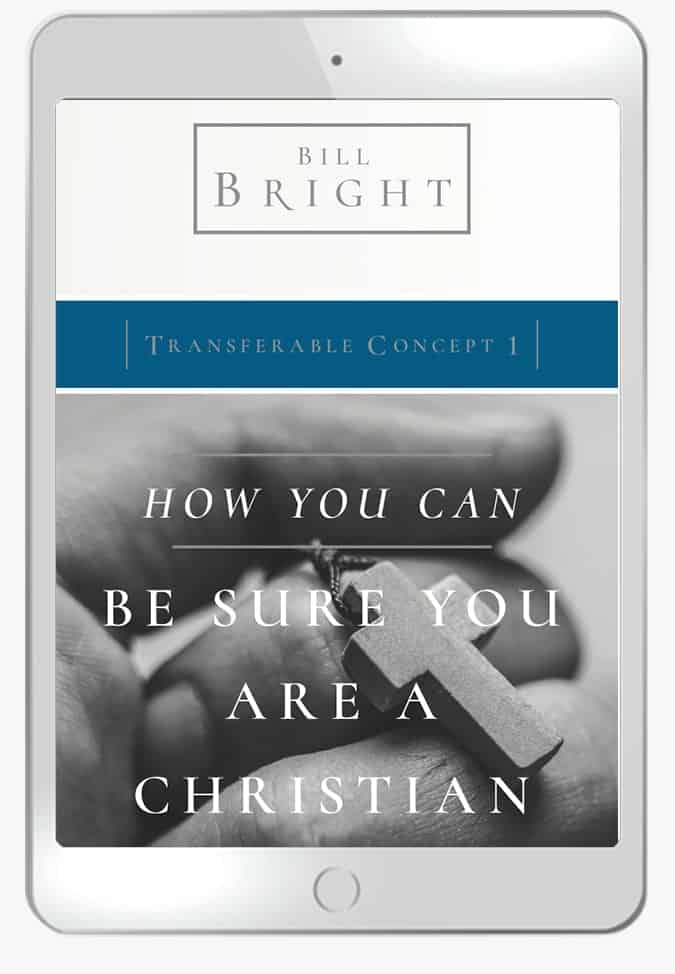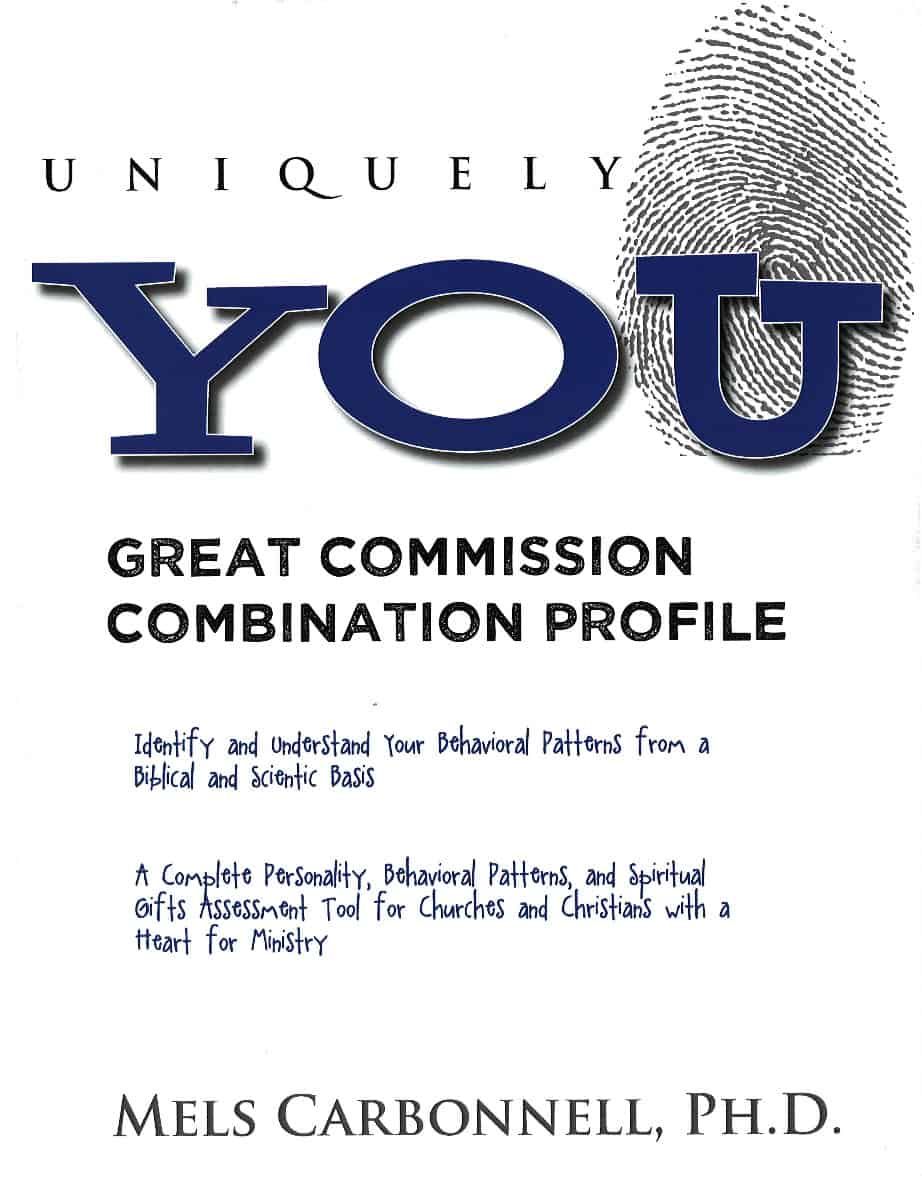Evangelism Without a Bullhorn

When many Christians hear the word “evangelism,” they picture a man with a sign saying “The end is near!” or shouting through a bullhorn that passersby are going to hell.
While those strategies probably aren’t helpful, Jesus did command His followers to tell the world about Him (Matthew 28). In light of that, I propose a different model based on the example of Philip from Acts 8:26-40.
-
Be Near to Non-Christians: In verse 29, God told Philip to “Go to that chariot and stay near it” (NIV). He didn’t say what to do next, but directed Philip’s attention to a person. If you are surrendered to God, your purpose on earth is to help people know God. You can’t do that if you don’t connect with people who don’t know Him already. It can be very easy. Pursue the things you like to do (ex. I like board games) and meet other people who like it too. You’d be surprised what doors to spiritual conversation open!
-
Start Where They Are: There are occasions when your non-Christian friends will ask questions that open the conversation themselves, but there are always situations they’re going through that the gospel speaks into. (The grace offered by Jesus has answers to every problem in life.) Philip saw the man in the chariot puzzling over a confusing Scripture passage and asked, “Do you understand what you’re reading?” To help people in their journey toward Jesus, you need to first discover where they are, then walk with them from that spot. Check out Cru’s CoJourners content for help doing this.
-
Tell the Good News Clearly: I think most agree that telling people they’re going to hell through a bullhorn is not the best way to communicate the “good news.” But staying silent because you don’t know the right way to share the gospel means the bullhorn message is all people will know. There are many good, biblical ways to talk about your faith, and they don’t require that you have the whole Bible memorized. Here are two of my favorites:
Bridge Illustration — The Navigators® teaches a way you can use a single verse to communicate the whole truth.
Knowing God Personally — Cru co-founder Bill Bright developed a booklet that explains the gospel in four easy points.
Possible Objection
When I use one of those illustrations, it’s usually at a point in the conversation when the person has voiced some interest in knowing God. Perhaps because I’ve asked them something like, “How interested are you in knowing God on a scale of 1 to 10?” Most people rate it pretty high. So then I say, “There’s a lot of misunderstanding about what the Bible says about how you can know God. Would you like to know what it actually says?”
Not everybody wants to get into the Bible right away, even when they’re interested in God. That is why Jesus told His followers to be His “witnesses.” People don’t connect with facts, they connect with people. So take the facts and apply them to a time in your life that they played out. When they say they’re interested in knowing God, you can say, “Can I tell you about how I came to know God?”
It’s hard to argue with a personal story, and they will see it as a chance to get to know you better. It also gives them a framework to see God working in their own life.
Yelling through a bullhorn may not be the most effective way to tell people about Jesus, but those who do this do have a few things right: urgency and responsibility. God is on the move, doing what has been most important to Him throughout all of history (rescuing His people). He can do it without you, but He has chosen to invite you into this awesome adventure.
Check out some other tools for sharing your faith.
Or learn more about how to share the gospel through your personal story.



























